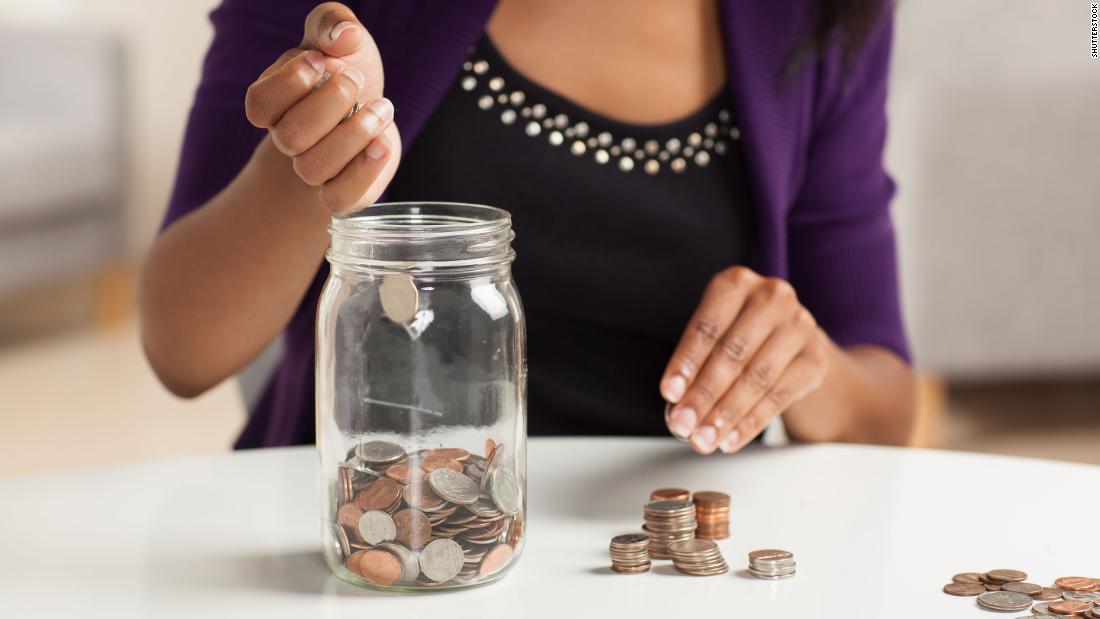
Not really.
The Mint is asking people to pay with the exact change and to find other ways to return the coins they may have to circulate, it said in a press release on Thursday.
“We ask that the American public begin to spend their coins, deposit them, exchange them for foreign currency at financial institutions, or take them to a currency exchange kiosk,” the Mint said in the statement. “The coin supply problem can be solved with each of us doing our part.”
“The places where he is going to give his coins, get store credit and get cash … those have not been working. The stores have been closed,” he said. “The whole system has stopped.”
The U.S. Mint also briefly slowed coin production to implement safety measures for workers, although it says it resumed regular production in mid-June.
According to the Mint, third-party coin processors and retail activity account for the majority of the coins put into circulation. Last year, for example, those sources accounted for 83% of the currencies in the supply chain.
“There is an adequate amount of coins in the economy, but the slow pace of circulation has meant that sufficient amounts of coins are sometimes not available when needed,” the Mint said Thursday. “We are asking for your help to improve this coin supply problem.”
.